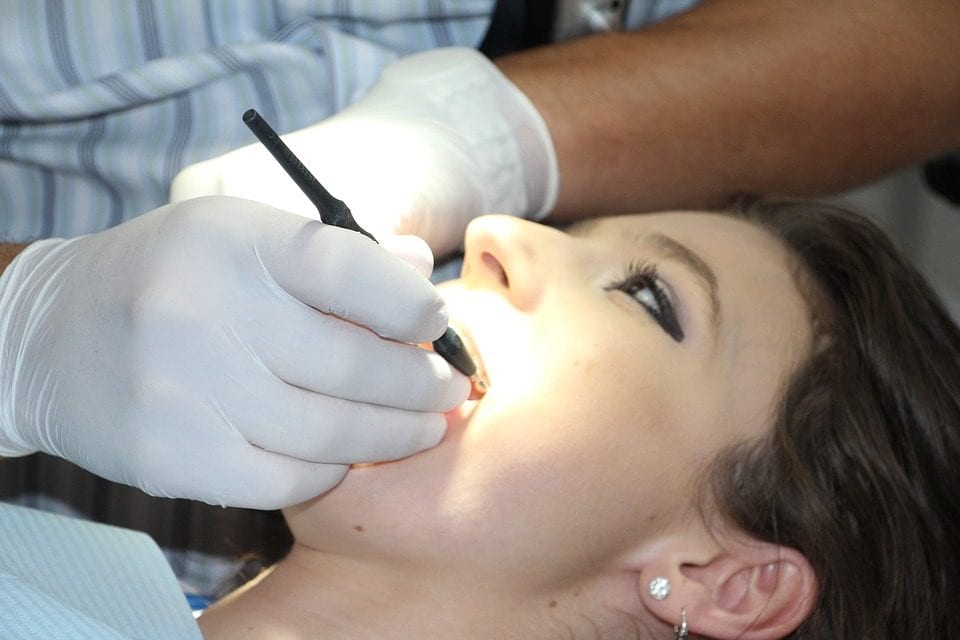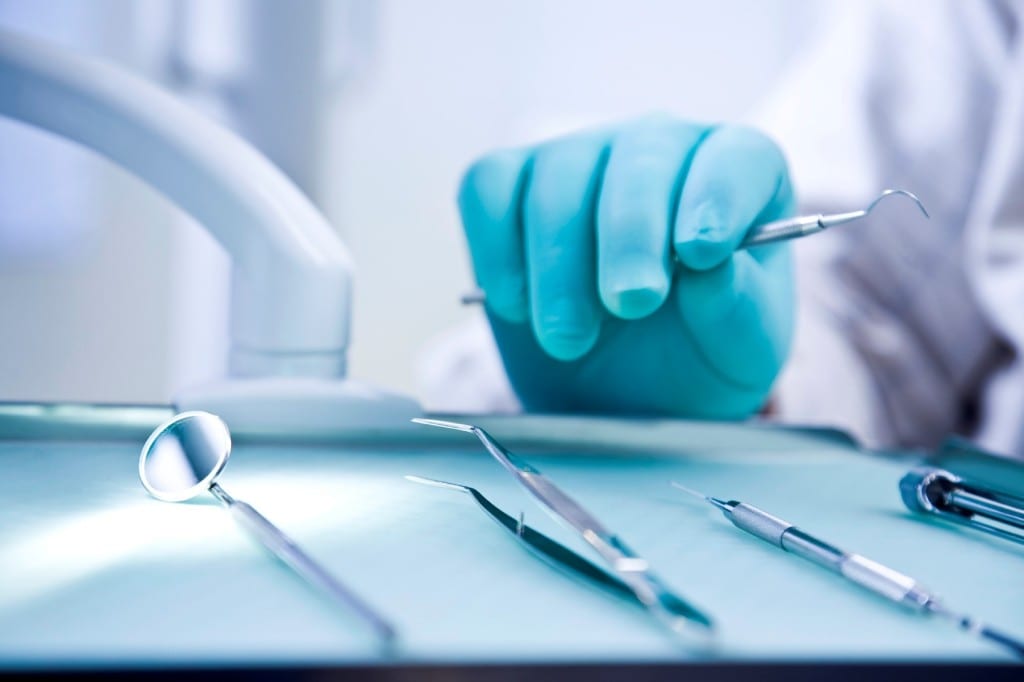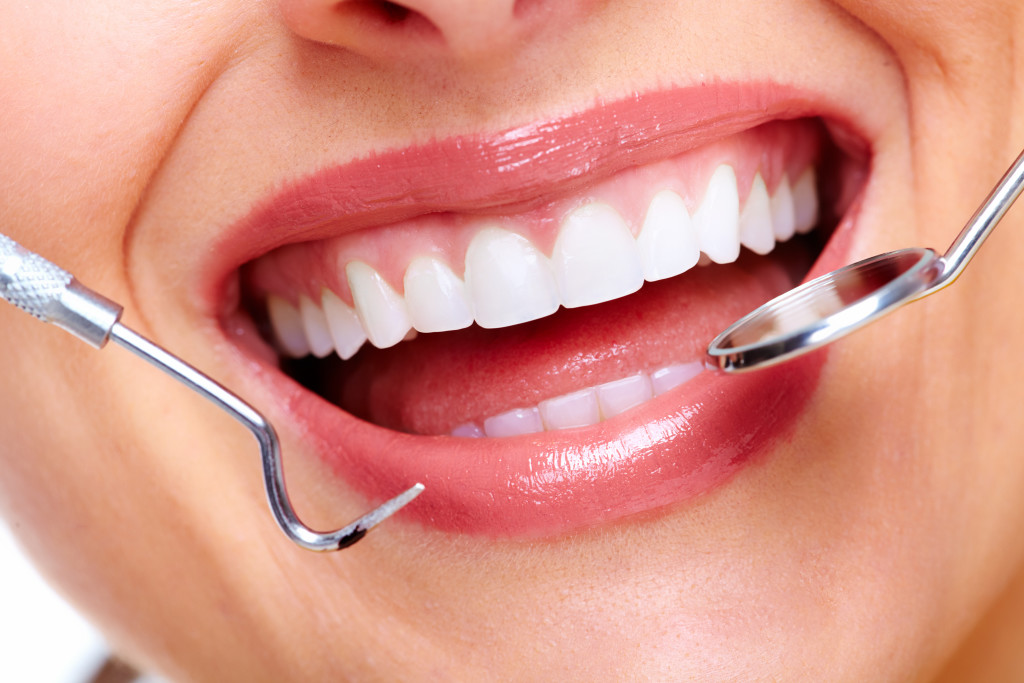 Disease gums are problems that many people face today: both young and older people. The first harmless “bells” (a small amount of blood when performing daily hygienic procedures, sometimes an unpleasant smell) should force you to seek advice from a dentist. Such attention to the health condition of the oral cavity will help prevent the development of more serious problems.
Disease gums are problems that many people face today: both young and older people. The first harmless “bells” (a small amount of blood when performing daily hygienic procedures, sometimes an unpleasant smell) should force you to seek advice from a dentist. Such attention to the health condition of the oral cavity will help prevent the development of more serious problems.
The causes of the appearance of negative processes are:
- non-compliance with hygiene rules for oral care;
- mechanical and chemical damage to gum tissue;
- allergy to food;
- lack of vitamins, improper nutrition;
- weakened immunity;
- internal diseases – liver, gastrointestinal tract, etc.;
- a bad ecological situation.
As a rule, everything starts with a banal inflammation of the tissues located around the tooth. The onset of the process has mild symptoms and attracts attention only when the gum disease is already difficult to treat. The result in this case is the loss of the tooth. Most often refer to dentists with gingivitis, periodontitis, xerostomia, stomatitis, and sometimes with periodontitis.
Gingivitis
The disease is most often caused by the accumulation of microbes due to poor hygienic care of the oral cavity. The edge of the gum inflames, while maintaining its normal connection to the tooth. The signs of this state are:
- swelling and bleeding gums;
- painful sensations when cleaning teeth;
- change in the color of the gums (redness / blueness);
- bad breath.
Depending on the conditions and the period of development, acute, chronic, desquamative and other forms of gingivitis are isolated. Treatment of the disease involves special physical procedures, dental cleansing, and sometimes with surgical intervention. With neglected forms, antibiotic use is mandatory.
Periodontal disease
With parodontitis, inflammation from the edge of the gum extends to all surrounding tissues. Microorganisms of plaque and stone destroy the periodontium, which keeps the tooth in the alveolus. Cavities (“pockets”) are formed between the tooth and the gum, where pus and deposits are collected. Patients are observed:
- swelling and redness of the gums;
- when chewing – discomfort due to the mobility of teeth;
- periodontal “pockets” with the release of pus;
- pain in the gums;
- bad breath from the mouth;
- loosening and loss of teeth (with a neglected form of the disease).
The treatment of periodontitis is complex and prolonged. It directly depends on the severity of gum disease. Includes: cleaning, the use of anti-inflammatory drugs, the imposition of tires on mobile teeth and the removal of “bad” teeth.
The disease is a non-inflammatory lesion of the tissues around the tooth, leading to their dystrophy. His reasons include heredity, systemic changes and advanced age. The process is associated with worsening of blood supply to the gums. There is no treatment, but it is possible to control the disease at its initial stage.
Image credit: rgerber






